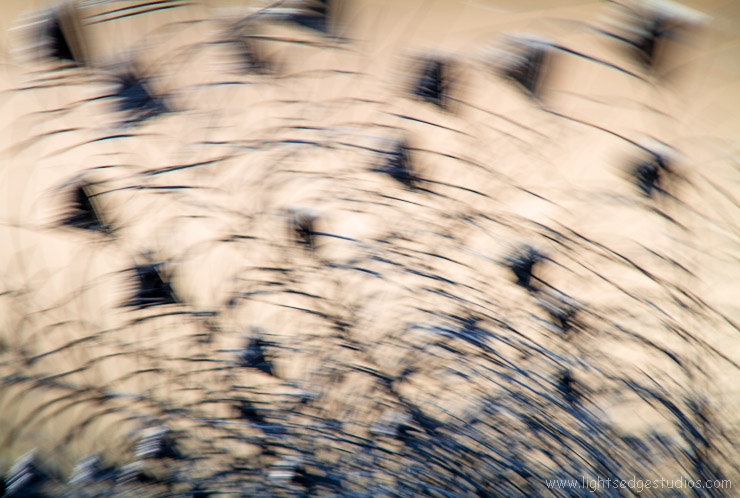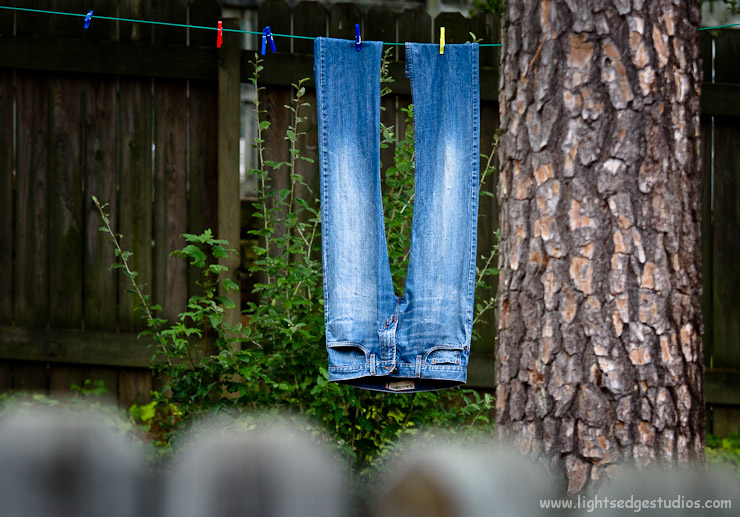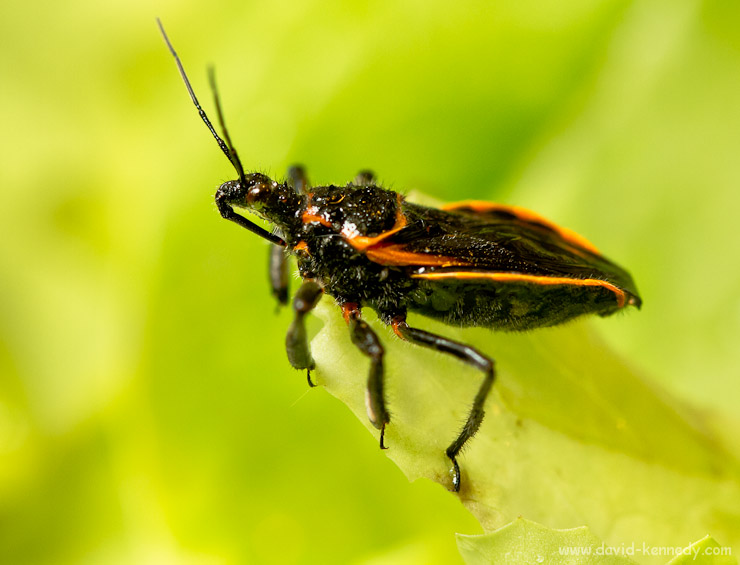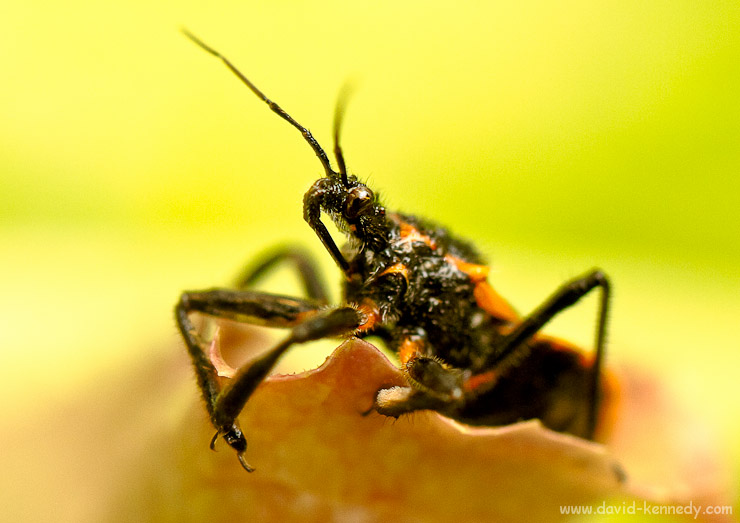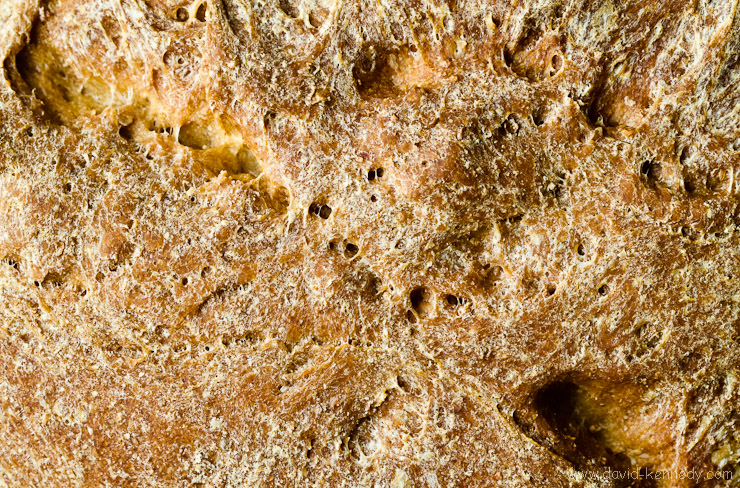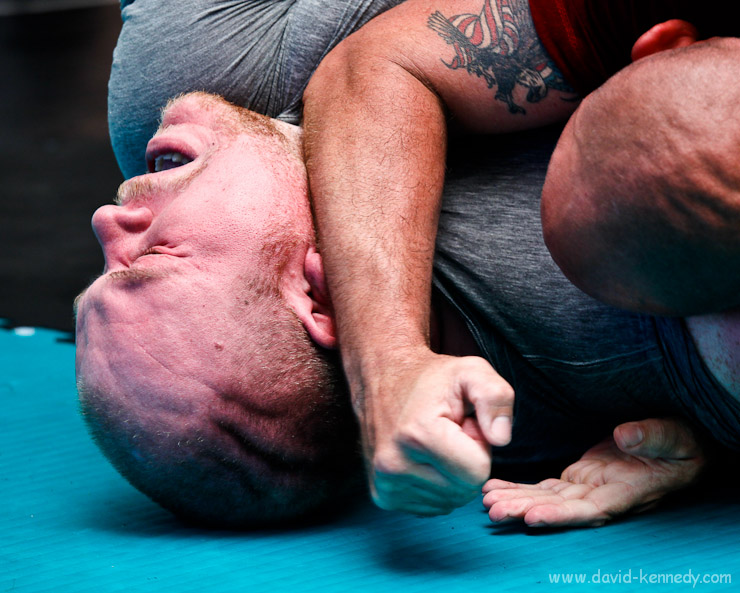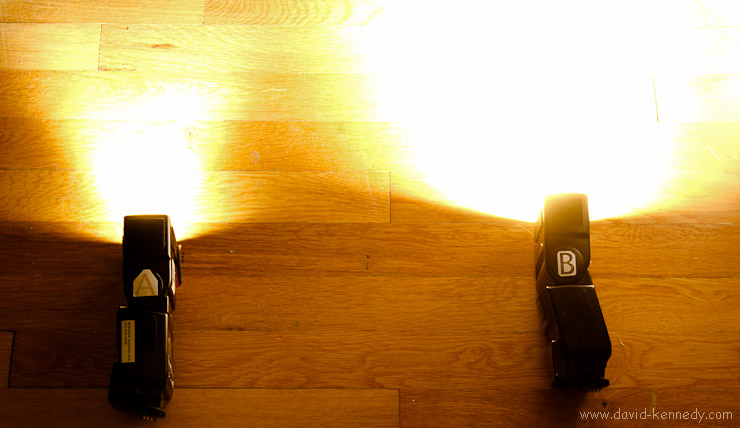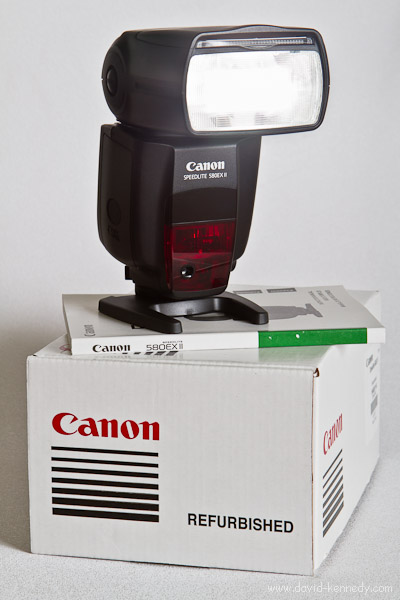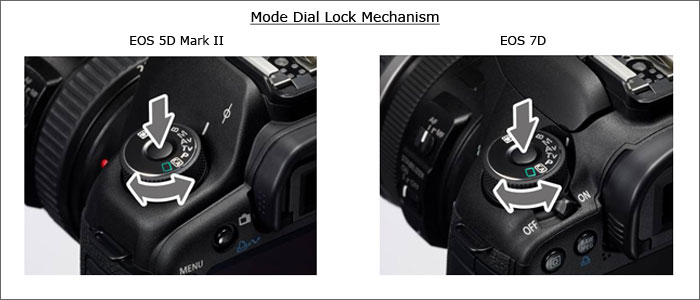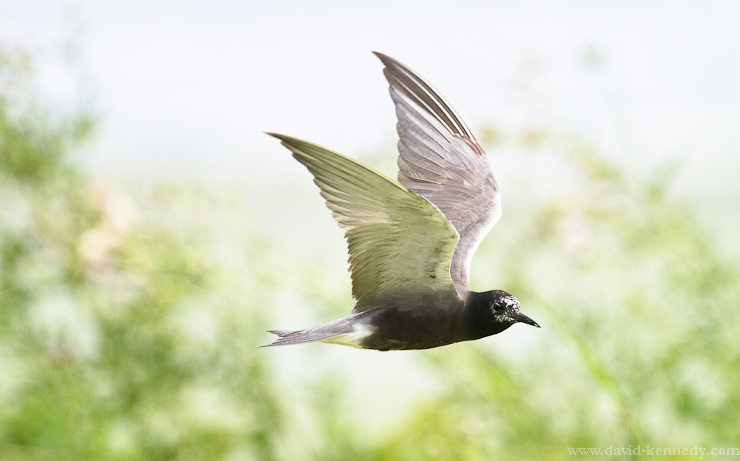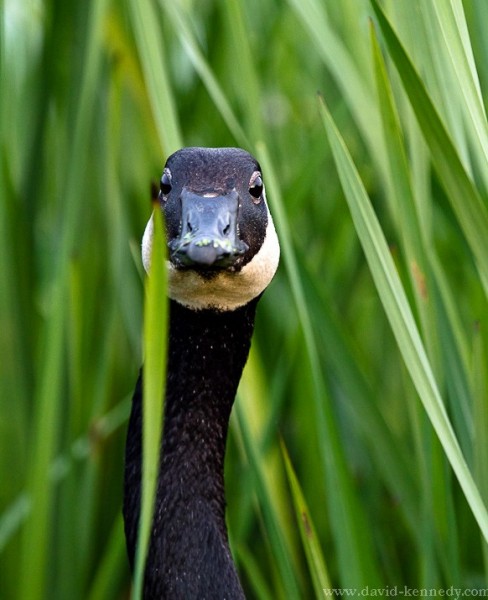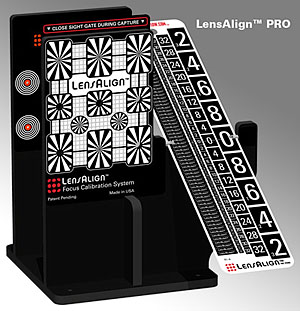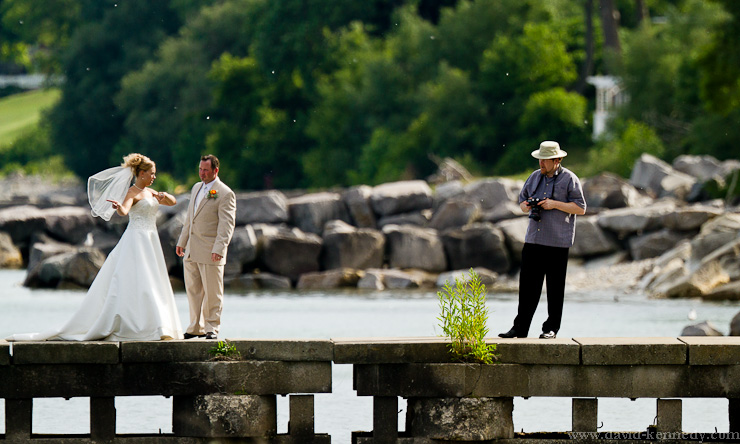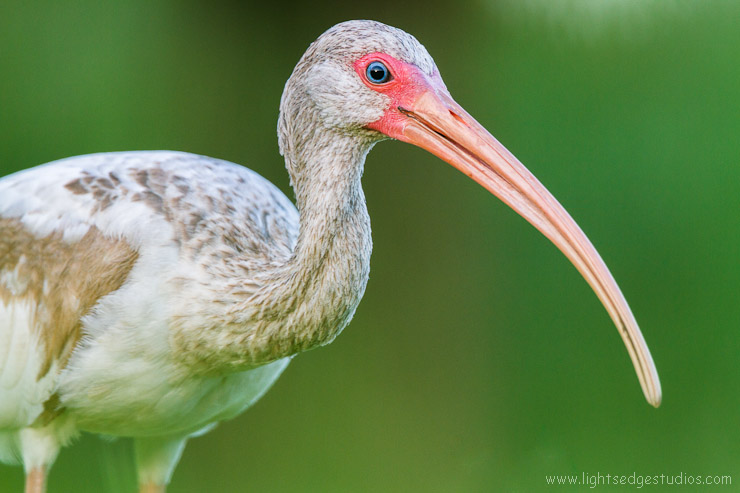
Last month we spent a few days in the Florida Keys and worked our way northward into the Everglades before embarking on a two-day road trip home to North Carolina. I had borrowed a 300mm f/2.8L IS II lens from Canon Professional Services and was field testing it as a potential replacement for the 400mm DO IS lens. This was also the final trial for my Canon 7D before making a decision to keep or sell the body.
I will admit that I was impressed by the new 300mm, but while it is wickedly sharp and the Image Stabilization system is incredibly good, the lens does begin to “feel” heavy in hand rather quickly. This is especially true when in an awkward position to begin with, as in the image above, where I was crawling through the grass in the parking lot to Anhinga Trail (hence the blurred/hazy green effect on the lower part of the Ibis’ body) and keeping the front element of the lens propped up on fingertips became trying after a few minutes. This lens weighs a full pound more than the 400mm DO, although it is a full stop faster. That same Image Stabilizer is the reason that on a tripod this lens can do some amazing things.
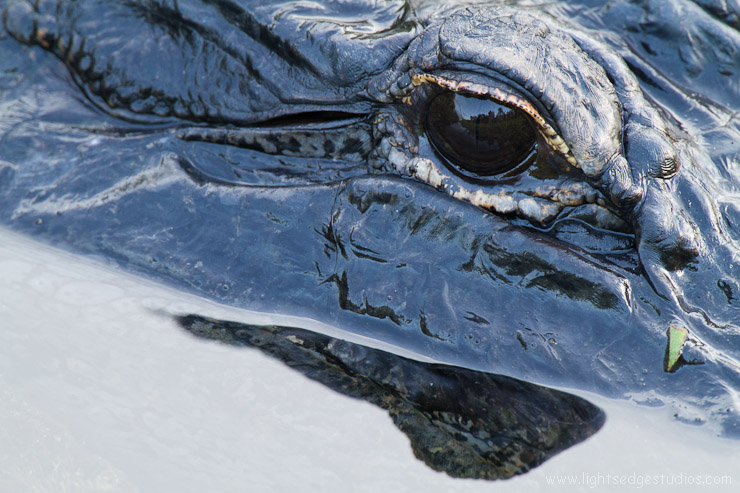
The exposure information in the image above is accurate: I shot this at 1/15 second on a tripod, at f/8, for an effective 960mm (with the 7D’s 1.6x factor.) And the results are sharp, to boot! So, while I’m not actually convinced that optically the 300mm f/2.8 is any sharper than the 400mm DO in real world testing, the Image Stabilizer runs circles around the sibling that is ten years its senior.
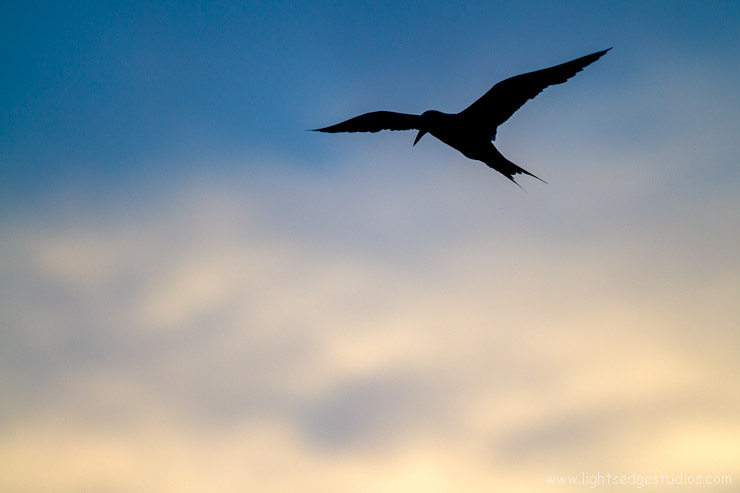
For birds in flight the 300mm seems to be a great combination with the 7D. Even in lower light and backlit situations, like this silhouette at sunset, the two in combination yielded several “keepers.” That said, while I came away impressed with the 300mm f/2.8 and the 7D, I have decided not to keep the latter (and at the moment I simply cannot afford the former.)
The 7D is a very capable and versatile camera, but I simply do not use it enough to justify holding on to it. It’s a camera that I think would have been more frequently in my bag had it been equipped with a smaller (and less noisy) sensor. It’s my hope that its next owner will find more use for it than I have.
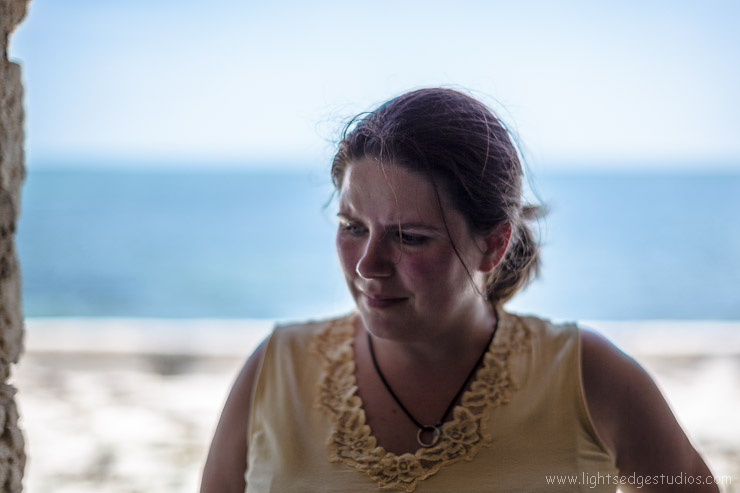
What has become a go-to favorite, for me, is my 5D Mark II and the 50mm f/1.2L that my partner encouraged me to acquire after field testing one from Canon back in May. Everything it produces has a special “look.”
More to come.
